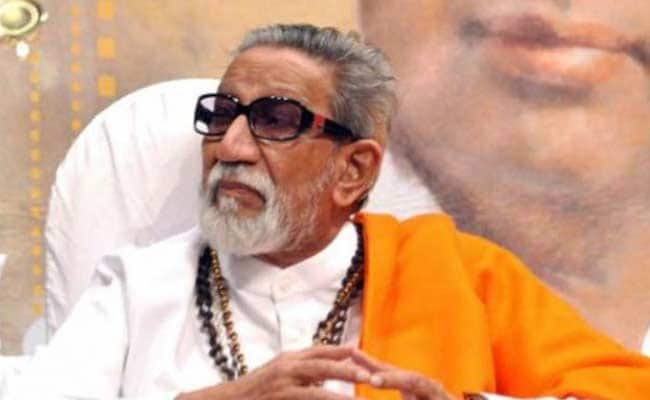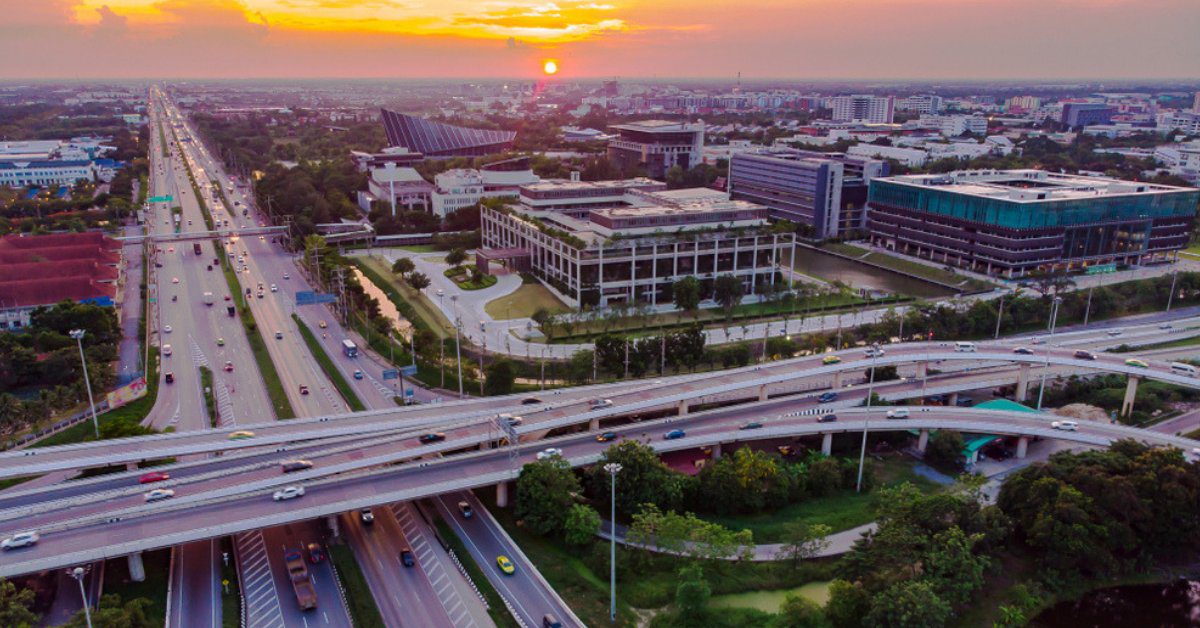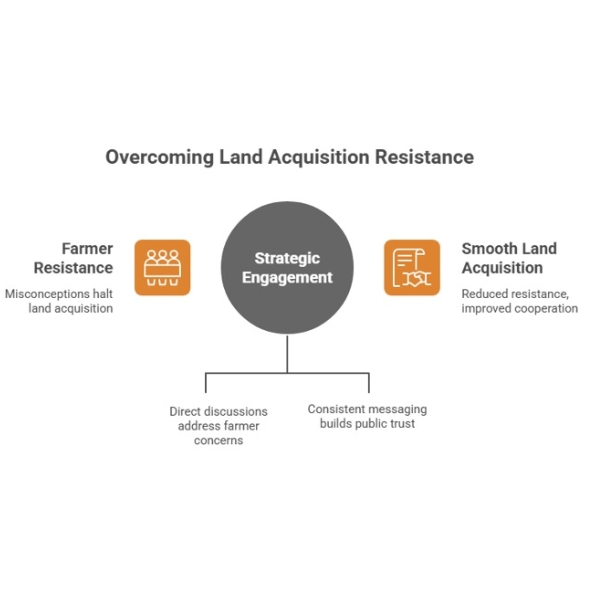Project Overview
Date: July 24, 2021 | Author: Sampada Joshi
The Hindu Hrudaysamrat Balasaheb Thackeray Maharashtra Samruddhi Mahamarg is a flagship infrastructure initiative in Maharashtra, aimed at transforming regional connectivity. Launched in 2017, the project is a Greenfield development spanning from Shivmadka in Nagpur to Wadpe in Thane district, requiring complete land acquisition along its corridor.
A critical first step in this process was the Joint Measurement Survey (JMS), a meticulous process that maps land parcels and confirms ownership before any acquisition takes place. JMS is a vital step to ensure transparency and accurate documentation, but it does not constitute land acquisition.

Objectives

During the JMS phase, significant opposition arose due to lack of awareness and misinformation among farmers and landowners. Many feared that the mere marking of land would lead to forcible acquisition, a perception rooted in past experiences prior to the Right to Fair Compensation and Transparency in Land Acquisition, Rehabilitation and Resettlement Act, 2013.
- Raise awareness among farmers about their rights under the Land Acquisition Act, 2013.
- Clarify misconceptions regarding JMS, emphasizing that it is not the same as land acquisition.
- Build trust between farmers, landowners, and the implementing agency.
Challenges
The major challenges encountered included:
Misinformation and fear among farmers that marked land would be forcibly acquired.
Influence of local leaders and activists, which intensified opposition to the JMS process.
Historical mistrust, stemming from past land acquisition practices that were perceived as unfair or coercive.
In some regions, these challenges even led to temporary halts in the JMS, creating operational difficulties for the Maharashtra State Road Development Corporation (MSRDC).
Strategy
A dual-pronged approach was implemented to address opposition:
Direct Stakeholder Communication
- Interpersonal engagement with farmers and landowners to resolve doubts.
- Use of credible influencers within communities to advocate for the project.

Direct Stakeholder Communication
- Aurangabad, a key district with maximum land acquisition, was identified for focused media outreach due to high resistance.
- The VCMD of MSRDC, Mr. Radheshyam Mopalwar, personally met senior editors and journalists from mainline newspapers to explain the JMS process and dispel misconceptions.
- The meeting was structured to ensure consistent messaging and transparency, which was later accurately reflected in publications such as Divya Marathi.
A notable outcome was the engagement of a journalist whowas also a landowner, whose concerns were addressed directly by the VCMD. This not only resolved his doubts but created a key influencer supporting the project.
Outcomes

Direct communication between the project spokesperson and targeted stakeholders reduced resistance by at least 50%.

JMS in Aurangabad and neighboring Jalna districts proceeded smoothly following the media engagement.

Positive coverage in mainstream media helped build trust and transparency among landowners and the wider community.
Media Coverage Highlights
Following the VCMD’s engagement, several publications accurately captured the JMS process, reinforcing the message that JMS is a survey and not land acquisition, ensuring stakeholder cooperation and project continuity.



